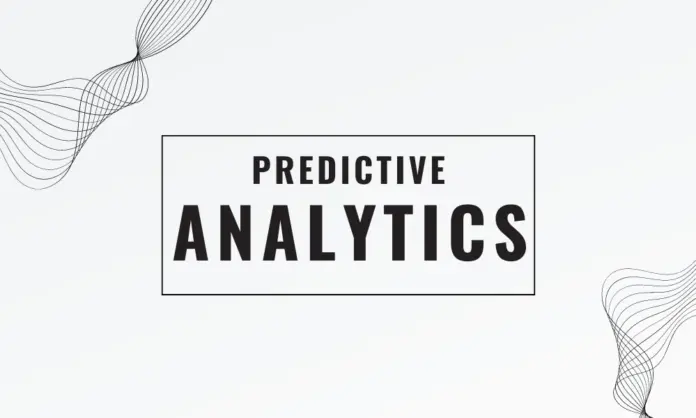An advanced branch of analytics that answers the question – What next?
How would it feel if someone with power told you could get a hint of future outcomes? One of the most exciting things about knowing at least a few things about what has not happened yet is that you feel powerful too! One such way of feeling powerful is the branch of analytics- Predictive Analytics.
What is predictive analytics?
Predictive analytics, as the name indicates, predicts the future outcomes playing on the past data incorporated with statistical model, machine learning and data mining. By analyzing past data, predictive models can estimate the likelihood of various scenarios, helping companies anticipate changes and adjust their strategies accordingly.
The Importance of Predictive Analytics
It has become essential in today’s data-driven world. It allows organizations to gain a competitive edge by making informed decisions based on insights drawn from data. By predicting future trends, businesses can optimize operations, reduce risks, and improve customer satisfaction. For instance, in retail, predictive models can forecast product demand, enabling companies to manage inventory more efficiently. In healthcare, it can predict disease outbreaks or patient readmission rates, leading to better care and resource allocation.
The importance of Predictive Analytics extends to virtually every industry. Whether it’s improving marketing strategies, detecting fraud, or enhancing supply chain management, the applications are vast and varied. Organizations that adopt it are better equipped to respond to market changes, customer needs, and emerging risks.
How Does Predictive Analytics Work?
It works by analyzing large datasets to identify patterns and relationships between various factors. This process typically involves several steps:
-
Data Collection:
The first step is gathering relevant data from different sources. This data could include historical sales figures, customer behavior data, financial reports, or any other information that might impact future outcomes.
-
Data Cleaning and Preparation:
Once collected, the data must be cleaned and organized. This involves removing any errors, filling in missing values, and transforming the data into a format suitable for analysis.
-
Model Building:
Data scientists then use statistical algorithms and machine learning techniques to build predictive models. These models are designed to identify patterns and relationships in the data, allowing them to predict future outcomes.
-
Validation and Testing:
Before a predictive model can be used, it must be validated and tested. This involves comparing the model’s predictions against actual outcomes to ensure accuracy.
-
Deployment and Monitoring:
Once validated, the model is deployed in a real-world setting. However, it’s important to continuously monitor the model’s performance and adjust as needed to maintain accuracy.
Applications of Predictive Analytics
It is used across various sectors to solve complex problems and improve decision-making processes. Here are a few notable applications:
Marketing
In marketing,it helps companies identify potential customers, forecast sales, and optimize campaign strategies. By understanding customer behavior and preferences, businesses can tailor their marketing efforts to target the right audience at the right time.
Finance
In the financial sector, it is was employed to assess credit risk, detect fraudulent activities, and predict market trends. Financial institutions use these insights to make more informed lending decisions and manage investment portfolios more effectively.
Healthcare
Healthcare providers use Predictive Analytics to predict patient outcomes, optimize treatment plans, and manage resources. For example, predictive models can identify patients at high risk of readmission, allowing for targeted interventions that improve care and reduce costs.
Supply Chain Management
In supply chain management,it helps companies forecast demand, optimize inventory levels, and streamline logistics. By anticipating changes in demand, businesses can avoid stockouts and reduce waste.
Benefits of Using Predictive Analytics
Its benefits are numerous and can significantly impact an organization’s bottom line. These include:
Improved Decision-Making: By providing insights into future trends, predictive analytics enables better strategic planning and decision-making.
Increased Efficiency: Predictive models help optimize processes, reducing waste and improving operational efficiency.
Risk Mitigation: By identifying potential risks before they occur, businesses can take proactive measures to mitigate them.
Enhanced Customer Experience: Predictive Analytics allows companies to understand customer needs better, leading to more personalized and effective customer service.
Conclusion:
Predictive Analytics is revolutionizing the way organizations approach decision-making by turning data into actionable insights. Whether used in marketing, finance, or healthcare, its ability to forecast future outcomes makes it an invaluable tool for businesses looking to stay ahead in a rapidly changing world.
Read More:
Universal Google Analytics Vs GA4: In-depth evaluation


